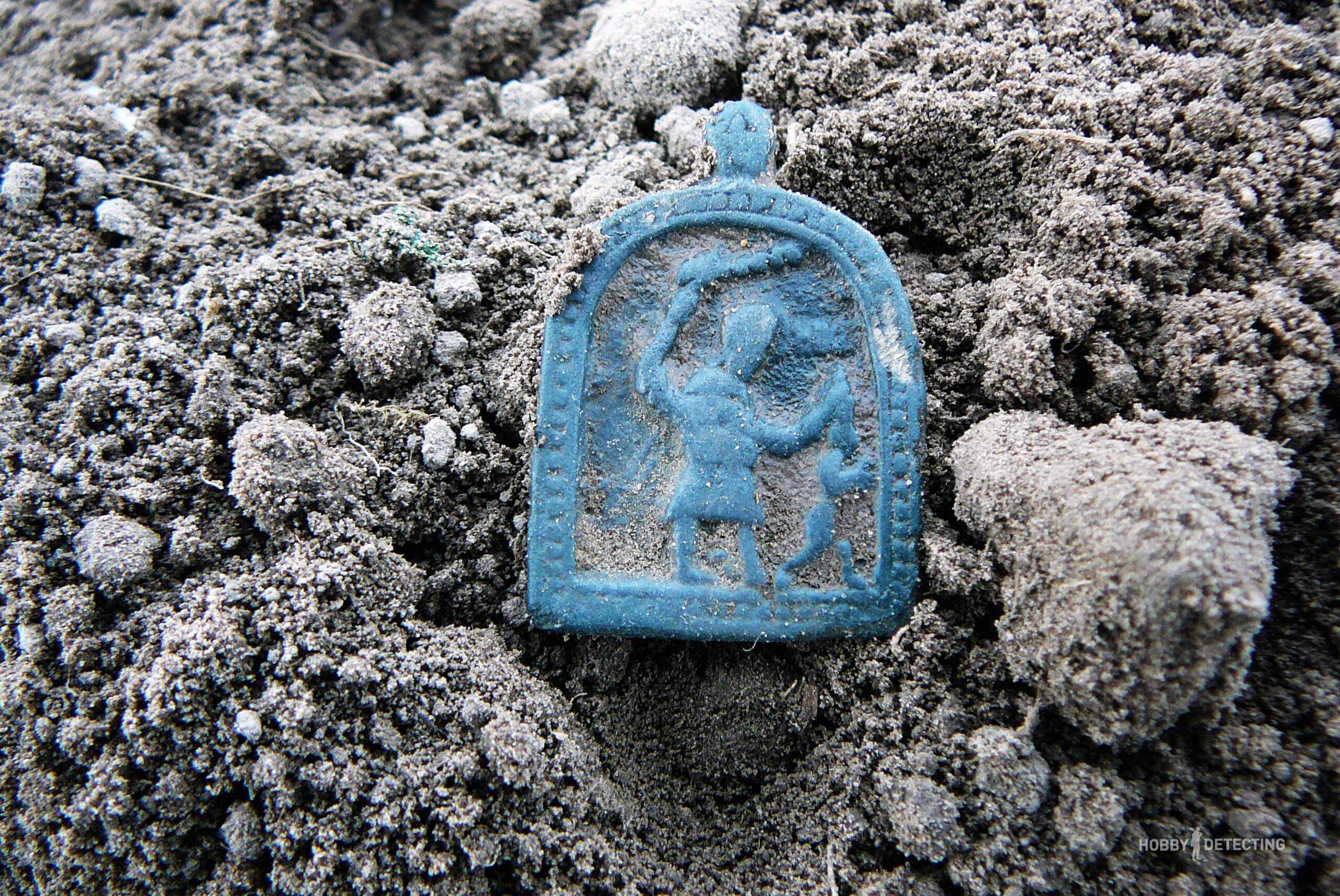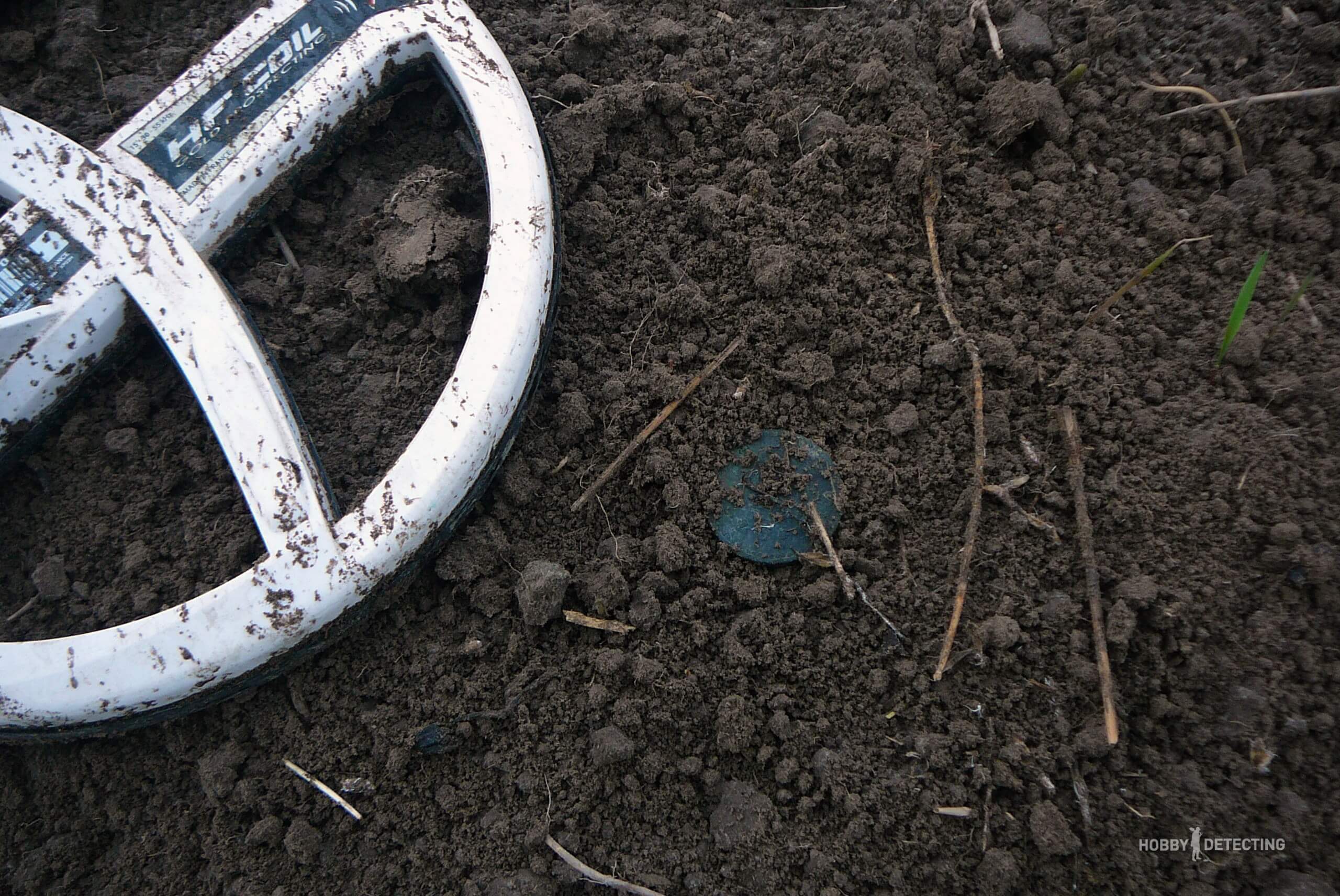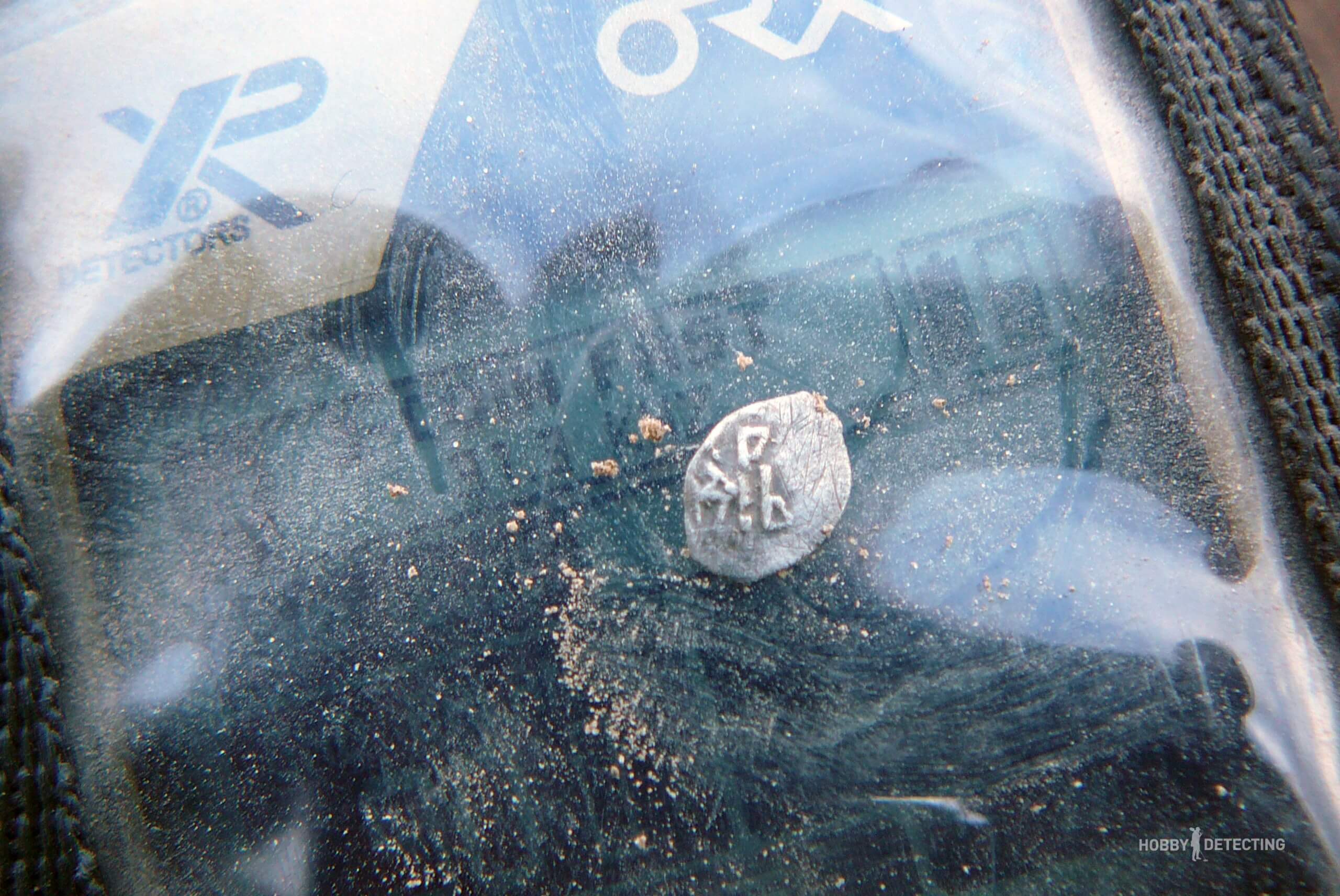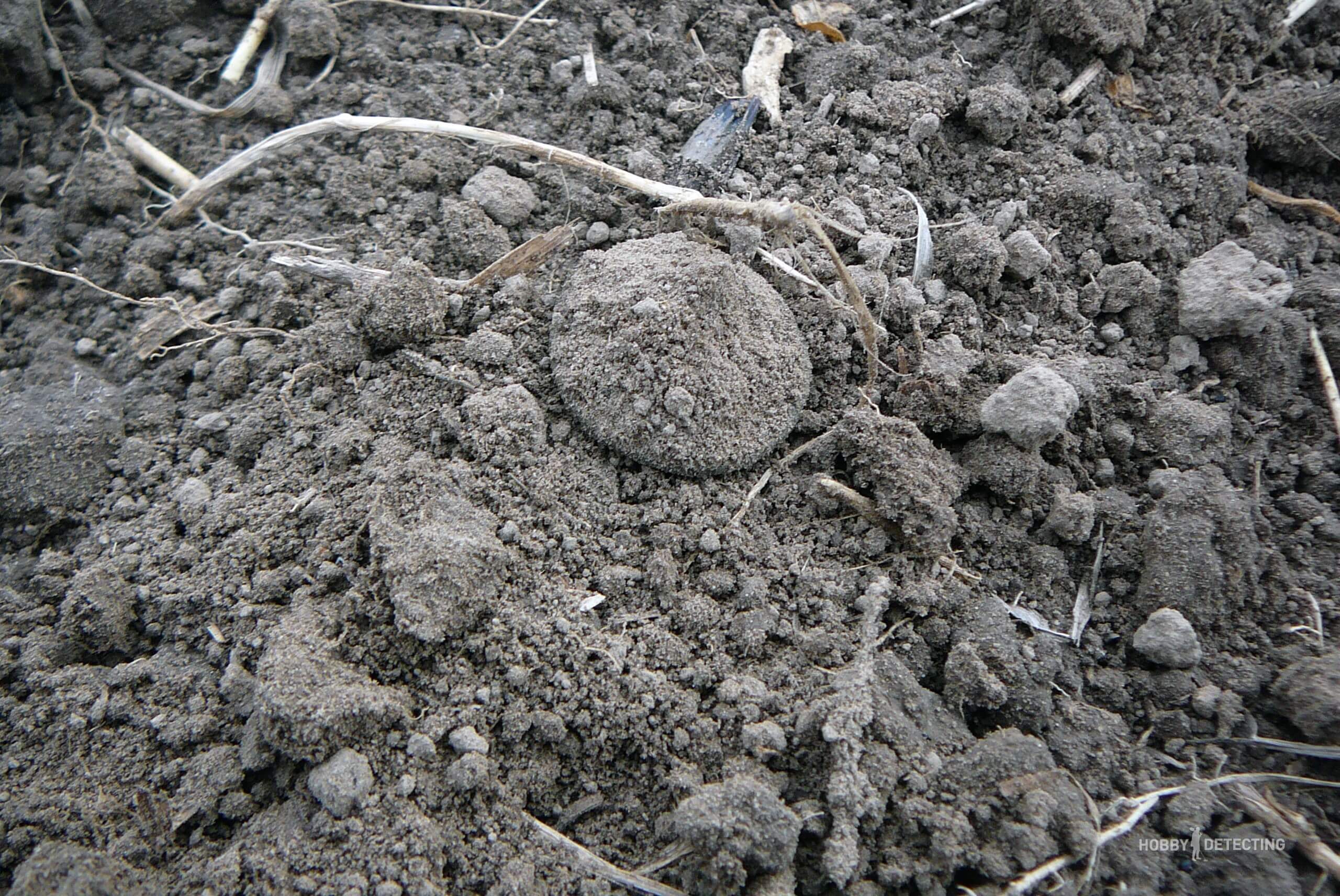What could have happened here? The question I hear most often from comrades
A large plowed field. This year the field was left fallow, and for our brother, the digger, this is simply an ideal place for his favorite hobby. And if there are also coins in this field, and other interesting swag comes across, then it’s not a field at all, but a fairy tale. So, on just such an interesting field, plowed to the level of the beach of the Cote d'Azur, I spent almost the entire summer. And what? It’s a five-minute drive from the house, I know the owner of the field, and I’ve scouted out all the places in the area better than my own garden.
And, of course, such an interesting field did not remain aloof from the attention of comrades, competitors, and just beginning diggers. You can have a nice and sincere conversation with some of them, but someone passing by to my warm “Good afternoon” will gloomily mutter “Hey” under their breath and walk past. So, the people today, for the most part, have become unsociable, but those comrades who are really comrades are ready to communicate even for half a day.

So it turns out, word by word, let's discuss which MD, which one was before and why he bought another? What interesting things did you dig up this year? In general, it turns out to be a sincere conversation based on interests. The interlocutors are of different ages, but it is clear that they started digging recently. Therefore, during a conversation, the same question almost always arises.
What could have happened on this field?
Really? Not everywhere in the area there are fields with such interesting finds? And here, even according to the old maps, there is nothing, and the roads don’t seem to have passed through, but digging is interesting, and sometimes even rewarding.

Oh, if I had a mustache like Vasily Terkin, at such a moment I would squint my eyes cunningly, grin and twirl this very mustache with my fingers. Yes, and he answered with the air of an expert from a well-known TV program.
“Well, this needs to be looked at, understood and thought about at what time, what could have stood and been here?”
So, in order to understand why good finds suddenly begin to appear in this field, or in other places. You need to imagine this very field in different time periods. I recently talked with archaeologists at excavations. And, during the conversation, I learned for myself that in general, small rural settlements were characteristic of the Russian kingdom. From three to seven courtyards. And these same settlements were scattered across the now plowed fields. It was later, during the time of serfdom, that they began to be united around the lordly estates.

However, there were also cases when the serfs paid the master not by working on the land (corvee labor) but by natural product or real money (quitrent). Now, in the case of payment by quitrent, all the land around the villages was cut into plots (strips). And then, the current fields looked like summer cottages in the late 80s of the last century. Only the land is not 6 acres, but many times more, but still the picture was about the same. Plots of land fenced with tine or poles and household buildings scattered here and there. These are not full-fledged farms; there could be huts or rain shelters. They could also build full-fledged barns and even summer houses. People in such places took a break from work. They could have stayed overnight, carried out initial processing of the crop, and, in general, left traces of human activity older than a hundred years.

This is the theory, tested in practice in finding interesting and swanky places. If you liked the story, please like and subscribe to our channel. And for my part, I promise to write for you, our dear readers, even more stories based on my rich experience.




